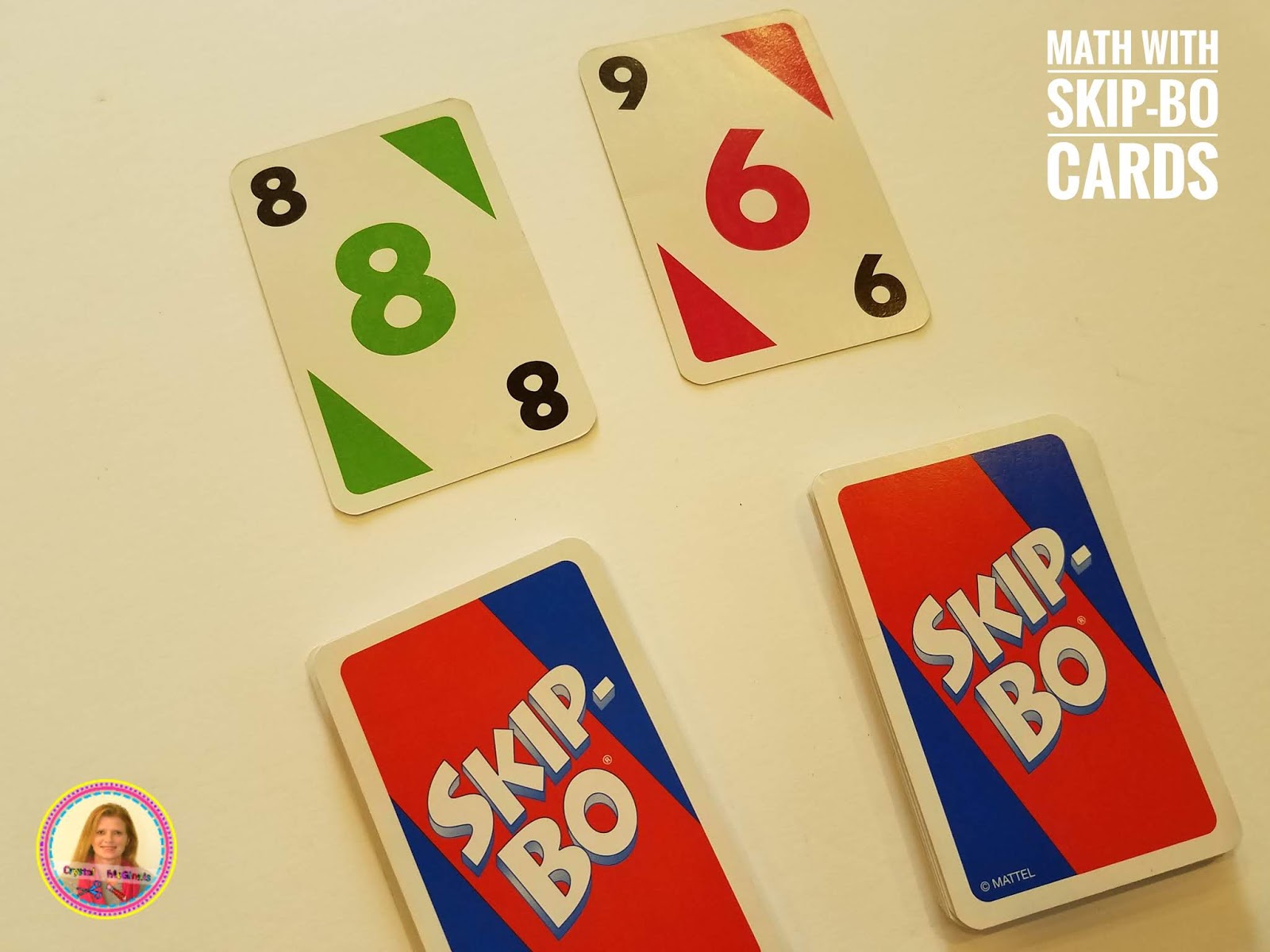Do you find that it is very difficult to find emergent readers that are simple enough for new readers in Kindergarten? I certainly struggled with this a few years ago. I decided that it would be easier to create my own set of emergent readers, that aligned with the sight words that I was using. I am so glad that I did! I now have enough "easy readers" to place in my student's book boxes for the entire year. I introduce them in class whole group, we read them during our daily 5 reading time, and I then send them home on Friday for homework reading. The kids bring them back on Monday, and we place them in their book boxes. I have parents sign the back of the book showing that they read, and the students are rewarded with a small piece of candy for bringing the book back. The love candy, and showing their parents that they are learning to read, so this is a win-win!
This book practices the sight words we, like, & the. It is very predictable for new readers.
This book practices the sight words I, like, and the. It also practices sizes (small, big, etc.) Students draw a pumpkin to match the text.
This emergent reader practices the words see, the, & me. It also reviews positional words (above, below etc.)
Fall fun reviews the words I, like, to, see, & the! It is also very predictable.
My September books are apple themed, because we spend a few weeks learning about apples in September.
I Like Apples is a book that reviews some color words. Students color the apples to match the text.
This book reviews the word love. I love apples, I love apple butter, I love apple pie, and more!
We can't forget about Johnny Appleseed! My Johnny Appleseed book reviews the words he & is.
You can get these emergent readers in my TPT store.
Grab one of these pins to come back.
























































